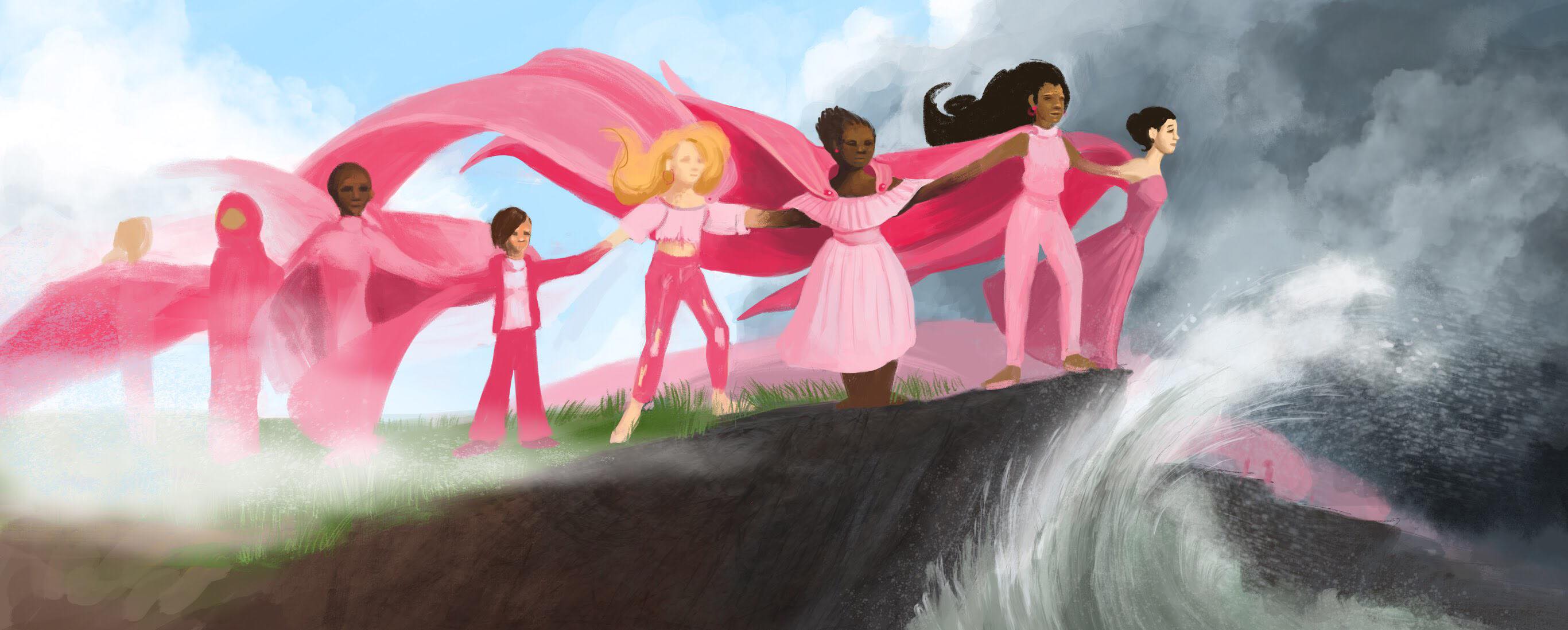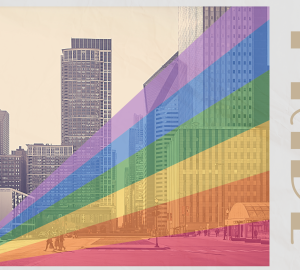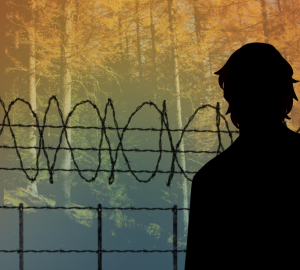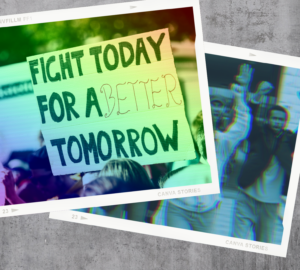The answer to the #MeToo movement in the art world isn’t simple
The answer to the #MeToo movement in fine art is not solved by simply removing the works of sexual predatory artists.
By Jeanie Lo

The #MeToo movement has moved into the art world, and that’s great news.
Sexual harassment, misogyny and sexual abuse have been present in the art industry narrative from Picasso’s infamous quote that said “women are machines for suffering” to Schiele’s rape charges for sexually assaulting a 13-year-old girl.
In response to recent sexual harassment allegations against Artforum’s co-publisher Knight Landesman, 1,800 women and gender-non-conforming people from the art world have signed an open letter titled “Not Surprised” to condemn sexual crimes in the industry and ask for institutional changes. And, most recently, in light of Chuck Close’s sexual harassment allegations and due to public demand, the National Gallery of Art in D.C. canceled a Close exhibition scheduled for May of this year, and Seattle University removed the artist’s self-portrait from the school’s Lemieux Library.
The #MeToo movement’s impact on the art world is great, but we need to treat this new emergence with vigilance and thought before it breaks art history into incoherent pieces, and we are stuck answering every question in reductionist terms.
For too long, male artists or figures in the art world have had their immoral behaviors excused. I remember looking at rapey paintings and sculptures by some surrealist artists and asking my art history professor, how are they still so famous? My professor, taking a common stance, replied, “Just because a man is a bad person doesn’t mean he is a bad artist.” I disagreed — I think all of us need to be held responsible for our actions. Being an artist does not give us a safe pass from being criminally charged.
From an artistic point of view, I also think the answer to this issue is not simply by policing thoughts or banning works from our museum or galleries walls — to do so is another form of oppression. We would be putting a lid on a bowl of boiling centuries-old issues and shutting down any potential discussions about difficult questions we must all ask. Questions such as: How do we draw the line between the man as the artist and the man as a human, or citizen? Should we disregard an artist’s contributions to the art world because he was a sexual predator? What are the consequences and implications of that? How do we make a systematic change in the art world to prevent gender power imbalance and abuses? What are the possible ways for viewers to evaluate an artist’s work after we learn of his hurtful actions towards women?
Art history, like a person, is multi-faceted. Its progression depends on all artists’ technical and formal innovations. Art history would be incomplete if we remove influential artists from the walls of museums because of their actions. Asking and discussing these difficult questions helps us move beyond the black and the white into gray areas which have many tonal differences and, in my opinion, are more realistic.
Our brain is capable of dialectical thinking — holding two opposing ideas at the same time. In an argument, we could agree with what our opponent has said, but at the same time dislike the person that said it. Holding two contradictory ideas is uncomfortable. It causes what psychologists call “cognitive dissonance,” but conflicts give birth to creativity. Conflicts give birth to new ideas or even solutions, things we need in order to answer the old questions.
#MeToo’s effect in the art world will make waves that propel art institutions to make real, systematic changes that stops oppression on female artists or other females in the industry, but I think we must take care not to reverse the oppression by erasing contributions made throughout history. At times, we can allow room for our disgust as we understand that an artist’s immorality informs his works, and at other times, allow room for understanding as we have open dialogues on how to navigate respecting an artist’s work without disregarding his disagreeable actions.























